Hyundai Accent Years to Avoid: Most Problematic Models & Why
Subcompact Hyundai Accent has always been praised for its low price and good repairability. However, like all vehicles, there are some model years more susceptible to problems than others. So, it is better to know which years to avoid in order not to spend a lot of money on repairs and other problems while purchasing a used Hyundai Accent.
In this article, readers will learn about the reasons, crucial aspects, and important considerations when it comes to knowing which years of Hyundai Accent are more prone to issues, the issues usually associated with the problematic years, the best years for Hyundai accent, and what to look for in a used Accent with emphasis on Hyundai accent reliability.
Why It Is Important to Understand the Hyundai Accent Years to Avoid
Knowing which Hyundai Accent years to avoid will greatly help you in steering clear of those models with high chances of causing you a lot of money and stress. Some models have an array of problems, including engine failure, transmission problems, and electrical problems.
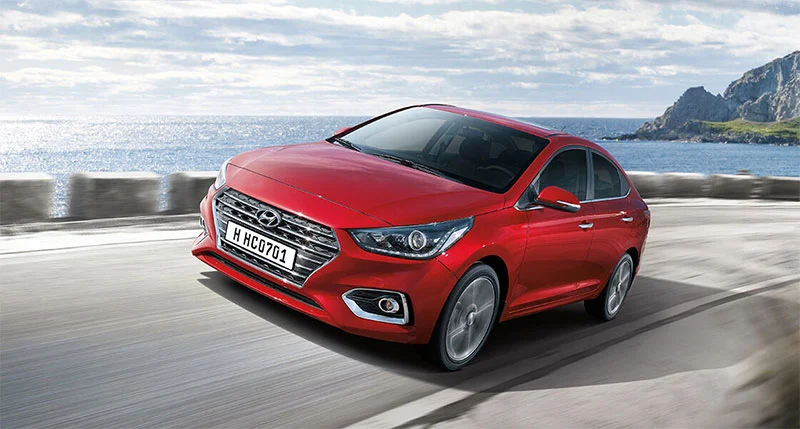
It also means you can avoid learning about it only after buying a car that has given you multiple headaches – especially if those years coincide with the problematic ones. Purchasing a car without this knowledge leads to inheriting issues from previous owners, thus converting a perfect deal into a nightmare.
Hyundai Accent Generations
Before going through the individual model years, it is essential to look at the generations of Hyundai Accent. Every generation also has its own features, design changes, and sometimes even problems.
- First Generation (1994–2000): This generation was the start of the popular Hyundai Accent model. Although it was cheap, the car lacked features compared to cars of the same category in the market.
- Second Generation (2001–2005): This generation was more modern as well as it incorporated improvements to the existing design. It was a huge leap from the first generation.
- Third Generation (2006–2011): The car received a major redesign that gave the model far more style and considerable increases in performance. However specific models within this generation have issues with transmission and other systems.
- Fourth Generation (2012–2017): Fuel economy, safety features, and technology improved significantly in this generation. The Accent finally made a more competitive subcompact marketplace.
- Fifth Generation (2018–present): Accent in the current generation is trying to bring better tech features and more overall refinement to further emphasize its value proposition.
When is a Hyundai Accent Year Unreliable?
Several factors contribute to the unreliability of specific Hyundai Accent model years:
- Manufacturing Defects: If certain model years aren’t assembled or include faulty components defectively, problems can become widespread.
- Frequent Recalls: If you have high numbers of recalls, it means that there are problems inherent in the vehicle.
- Poor Performance in Reliability Rankings: Common complaints about some models are noted in professional reviews and consumer reports.
- Costly Repairs: There are some problems – for example, engine or transmission problems – that are costly to fix, and they happen often.
Most Common Hyundai Accent Problems Through Problematic Years
Certain problems are consistent across the problematic Hyundai Accent models, giving potential buyers key areas to watch for during inspections:
- Transmission Failures: Automatic and manual transmissions have tended to slip, grind, and fail in specific years. Transmission repair or replacement can cost thousands of dollars.
- Engine Issues: Lacking good designs and defective components, many models suffer persistent engine problems (like knocking sound or complete engine failure).
- Electrical System Failures: Complaints of owners facing problems with their cars include those related to faulty alternators, battery issues, and faulty infotainment systems of problematic years.
- Suspension Problems: The 2007 Accent shows a similarity to older models in that weak suspension components cause poor ride quality and uneven tire wear.
- Rust and Corrosion: For early models like the 2001 Accent, body panel,s and undercarriages are prone to rust, weakening the car’s structural strength.
Hyundai Accent Years to Avoid: A List of the Worst Model Years
Overall, Hyundai Accent is a good car but some versions have been reported to contain more problems than others. Below are the years to avoid and the key issues reported:
1. 2006 Hyundai Accent
Problems: Engine stalling, poor acceleration, and transmission issues.
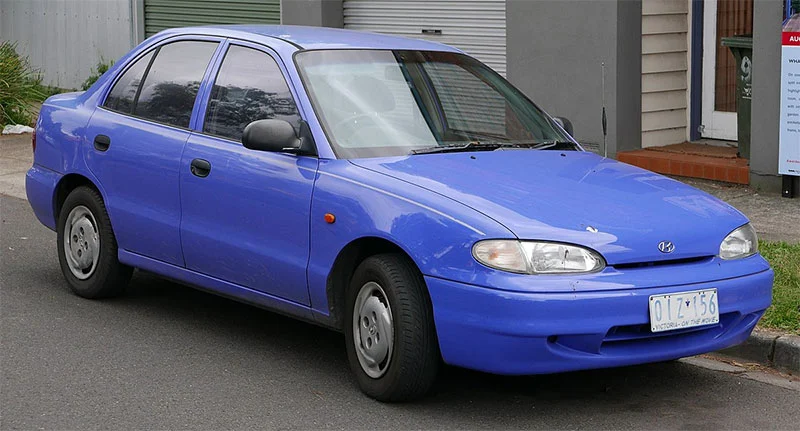
The 2006 Accent has experienced many complaints and issues concerning the engine and transmission. Some of the drivers complained that this particular model year was lethal because their engines cut off suddenly especially while they were driving at high speeds.
2. 2007 Hyundai Accent
Problems: Engine oil consumption and transmission problems.
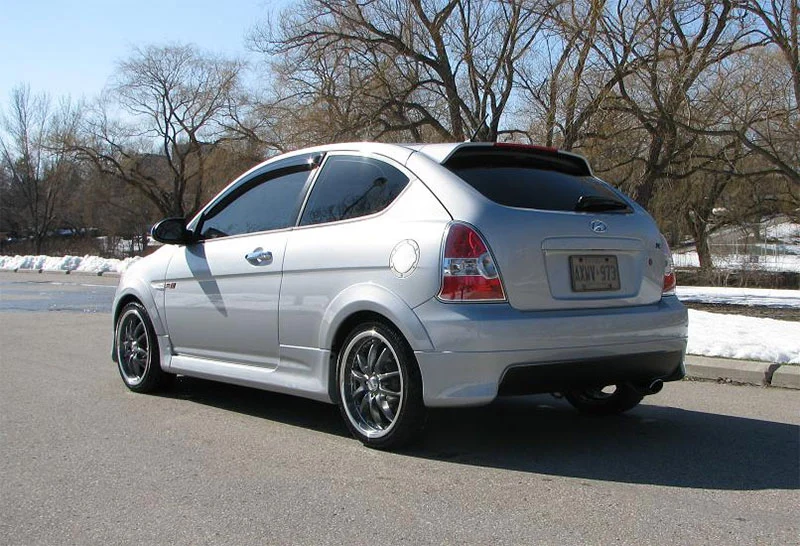
The 2007 model also had the problem of engine oil consumption and on the aspect of the transmission, it had problems related to slipping. These problems were worse for cars with automatic transmissions.
3. 2011 Hyundai Accent
Problems: Suspension issues, poor build quality, and transmission failures.
This model also observed increased cases of suspension problems such as strut failure and bad ball joints. Shift quality of automatic transmission was also a concern that many drivers complained about.
4. 2013 Hyundai Accent
Problems: Engine misfires, faulty air conditioning, and safety-related recalls.

The 2013 Accent reported some problems such as misfire defects that lead to poor performance and stalling. Moreover, there are air conditioning problems and a range of recalls connected to safety devices.
5. 2015 Hyundai Accent
Problems: Faulty electrical systems and engine problems.
The 2015 model had some electrical problems relating to battery and alternator, although, they are not major. There were also reports of engine misfires and poor acceleration.
The Most Reliable Hyundai Accent Years
Although there are some years that had their own defects, some years have been recommended by many clients as the best Hyundai Accent model years. These years are generally regarded as the Hyundai accent best years to buy:
1. 2016 Hyundai Accent
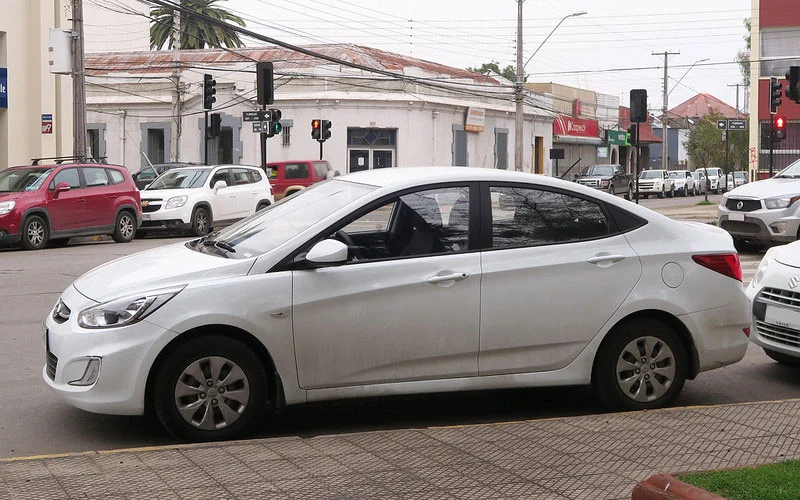
So for this model year, the car had addressed some of the problems of the earlier years as the transmission in the car was more stable and the build quality was superior. Most of its problems were with engines and it reported fewer problems with the suspension or electrical parts.
2. 2017 Hyundai Accent
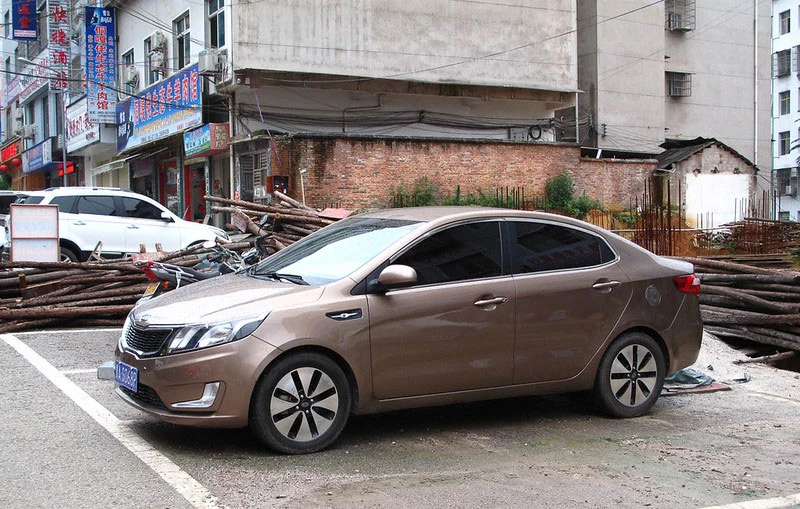
The 2017 Accent is quite a refined and fuel-efficient coupe with fewer issues than the previous model. It also has better safety security technology as well as better efficiency in fuel consumption as compared to the previous models.
3. 2018 Hyundai Accent
The 2018 model of the Accent is particularly popular as it is one of the most low maintenance vehicles accompanied by identity fuel consumption and a rather comfortable ride. Hyundai also tried to solve many problems with transmission and electrical systems which were characteristic of previous models.
4. 2019 Hyundai Accent
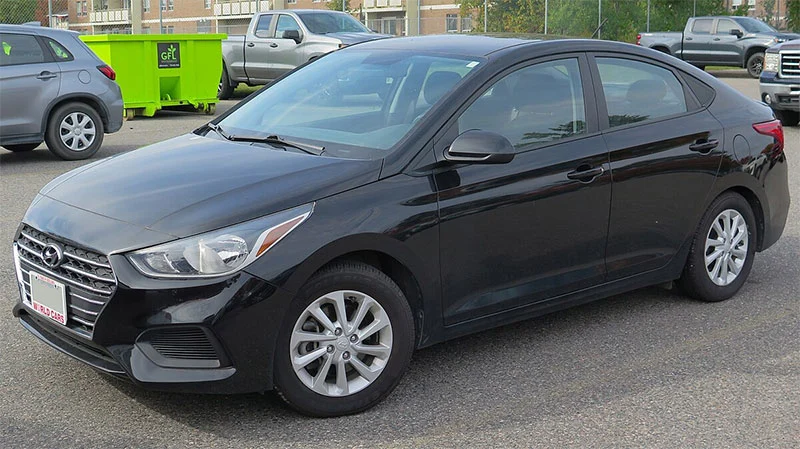
For the 2019 model, there are enhanced safety systems and it has impressive interior comfort and a very serene ride. This is also among the most fuel-efficient of all the models in its class and very few complaints have been heard from the users.
Best Used Hyundai Accent Years to Purchase
When looking to purchase a used Hyundai Accent, consider the following years for their reliability, low maintenance costs, and overall good reviews:
- 2016 to 2019 Hyundai Accent: These models have many contemporary features or accessories, good fuel efficiency, and fewer concerns regarding their durability.
- 2014 Hyundai Accent: This year also turned out to be a good one as its problems weren’t as widespread compared to previous years and introduced a new design to boot.
Things to Think Before Buying a Model Year With Troubles
If you’re considering purchasing a Hyundai Accent from a model year known for problems, here are some key things to keep in mind:
- Vehicle History Report: One must invariably examine a potential car’s history to discover if it shared in some or other accident, or if it has been repaired for the issues characteristic to the year of manufacture.
- Warranty Status: The buyer should confirm whether the car is under warranty, or if there are available warranty options for the major components including the engine or transmission.
- Inspection by a Mechanic: Check the car physically by or with a professional mechanic before buying the car. They can know any existing problems.
- Maintenance Records: A large emphasis should be placed on the previous owner to have been servicing the car to ensure it is in good condition. It is as true that cars with worn-out supplies are more susceptible to problems than cars that are maintained as required.
How Do You Evaluate the Condition of a Particular Used Hyundai Accent?
Determining the condition of a used Accent begins with checking the exterior and interior of the vehicle and searching for Rust, damage, or signs of wear. You may need to take it for a spin to check for some rattling, vibration, or any poor-performing aspect.
Check over its logbook to see the kind of attention that has been given to servicing the vehicle. They should make checks for recall and ensure they have been met.
Last and most importantly, it is wise to take the car for a check-up by an experienced mechanic to ensure that there are no other problems with the vehicle, especially the engine, transmission, brake system, and suspension.
Common Problems with Hyundai Accent and How to Take Care of Your Car
This is true because repairs involve more than the cost of the actual part that needs replacement, and regular maintenance is important in your Hyundai Accent. Here are some tips:
- Regular Oil Changes: You should change your oil every 3,000 to 5,000 miles in order to keep the engine well-lubricated.
- Transmission Fluid Checks: Maintain the transmission fluid clean and at the right level in order to avoid slipping or complete failure.
- Brake System Maintenance: Make sure the brake pads, rotors, and brake fluids are well-checked in order not to fail.
- Tire Checks: Always check the tire pressure and balance the tires to get the most out of their life span and increase safety levels.
Conclusion: How to Choose the Right Hyundai Accent Years to Avoid
Despite these attributes, one must keep some years under consideration leaving Hyundai Accent as one of the best options for a used vehicle. If you are contemplating buying an Accent and if the years mentioned above fall within the problematic years, then you are in a better position to look out for those problems and avoid being ripped off.
Whether you opt for a reliable model like the 2016-2019 years or decide to risk purchasing a problematic year, knowing what to expect is essential to ensure that your used Hyundai Accent offers a long, trouble-free ownership experience.
FAQ: Hyundai Accent Years to Avoid
The 2006, 2007, 2011, 2013, and 2015 Hyundai Accent models are considered the most problematic, with issues like engine stalling, transmission problems, suspension failure, and air conditioning issues.
Repair costs depend on the issue, but problems like transmission failure or engine repairs can be costly. Choosing a reliable model year and maintaining it properly can reduce repair expenses.
While maintenance can reduce the risk of issues, cars from problematic years may still have inherent design flaws. Always have the vehicle inspected by a mechanic before purchase to assess its current condition.
You can check for recalls by entering the car’s VIN on the official NHTSA website or contacting a Hyundai dealership. Ensure all recall repairs have been completed before buying.
Yes, the Hyundai Accent is a reliable, fuel-efficient, and affordable compact car. However, reliability can vary by model year, so it’s best to avoid problematic years and choose a well-maintained one.
